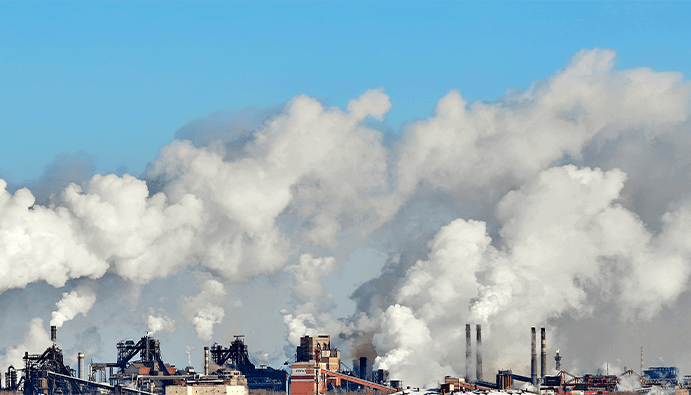
BLOG
KATEGORİDEKİ DİĞER YAZILAR

In industrial plants, flue gas analyses have to be carried out under extreme conditions, for example under high temperatures, high humidity or high dust in the flue gas. Emission measurements are generally carried out in resource- and energy-intensive processes where large quantities of emissions such as carbon monoxide, carbon dioxide, nitrogen oxides or sulphur dioxide are produced. These emissions are subject to strict legal regulations to ensure compliance with set limit values and to optimize production processes and methods. Advanced laboratories perform these measurements using exhaust gas probes, sensors and automatic dilution.
Method-5 has been published by the Environmental Protection Agency (EPA) for the quantification of dust emissions at nominal reference temperature conditions. This method applies to the determination of particulate matter emissions from stationary sources. Compliance with the requirements of this method improves the quality of data obtained from air pollutant sampling methods.
Dust emission is the sum of small solid particles emitted into the air from an industrial process, especially from activities such as combustion and processing. These particles are commonly known as fine particulate matter suspended in air (PM, Particulate Matter). Monitoring dust emissions is essential to control environmental pollution and improve air quality. These emissions usually enter the air during combustion processes, during the processing of materials or with gases from various factories.
In the determination of dust emissions, measurement under certain conditions is required to obtain accurate and reliable results. Nominal reference temperature conditions refer to a standard temperature value for the correct operation of emission measuring instruments. These standard conditions allow emissions to be determined more accurately.
The nominal reference temperature is usually considered to be 273.15 K (0°C). This is used to minimize the effect of temperature variations on the emission measurement of the gas. Gas volume measurements at different temperature conditions are normalized to the nominal reference temperature conditions.
The determination of the amount of dust emission in flue gas at nominal reference temperature conditions is based on the following principle: particulate matter is removed from the stack under isokinetic conditions and the amount of particulate matter contained in the volume collected on the filter is determined.
The main standards considered in the determination of particulate matter are as follows:
Nanolab Laboratories Group continues to provide services within the scope of Determination of Dust Emission Amount. We also provide services in Emission -Imission Measurements.
Contact us for more information.
You can follow us on LinkedIn for up-to-date news and posts about our services.
Follow our Instagram account to be informed about our latest blog posts.